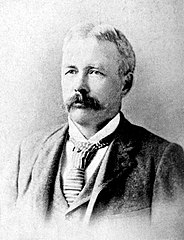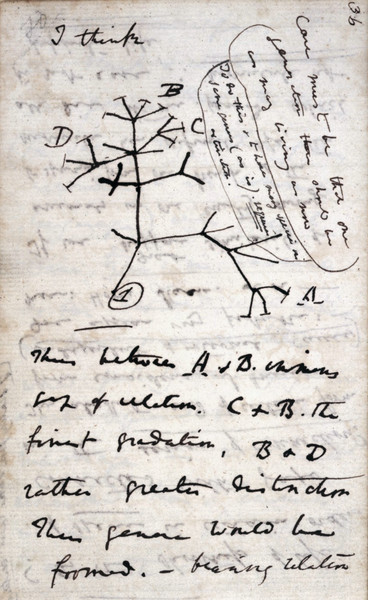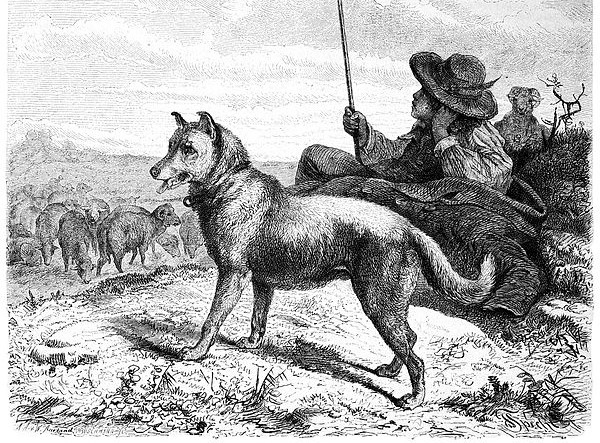
The samurai crab, Heikea japonica, earns its nickname well: Its shell bears a startling resemblance to the face of an angry warrior. Some Japanese believe that these crabs are reincarnated samurai who, defeated at the Battle of Dan-no-ura, threw themselves into the sea, as described in the epic Tale of the Heike.
Biologist Julian Huxley put forward the idea that the “faces” were an example of artificial selection. He suggested that fishermen who caught crabs with particularly face-shaped carapaces, believing them to be reincarnated spirits, threw them back into the sea, permitting them to reproduce while their brothers were eaten.
But humans don’t eat these crabs, and in any case the “warrior” crabs exist even far from sites of human fishing. Really the crabs are an example of another, equally compelling phenomenon — pareidolia, our tendency to see significant patterns where none exist.





